The ARP 2600 went from educational concept to rock ’n’ roll icon, and was the sound of both R2-D2 and Edgar Winter’s “Frankenstein.”
A modular synth in a suitcase, the 2600 immediately appealed to musicians. You could patch it like crazy, but didn’t need to. Its versatile sound became a favorite of Stevie Wonder, Josef Zawinul, Tony Banks of Genesis, Martin Gore of Depeche Mode, and many more. Combining True Analog Emulation® signature authenticity with vastly expanded features, ARP 2600 V is designed to become one of your favorites too.
To Patch or Not To Patch
Like the original, ARP 2600 V has a normalled signal path. Get great sounds right away or experiment with patch cables - it’s up to you!
Essential Ingredient
Whatever your musical style, something you do will call for the inimitable sound of the 2600. You may as well have the best software emulation there is.
Modular Mentor
With a left-to-right layout that follows signal flow, there’s no better way to learn the fundamentals of synthesis than with ARP 2600 V.
All Bases Covered
Combining modular freedom, easy sequencing, and real-time keyboard performance controls, ARP 2600 V is an instant gratification machine - you’ll lose yourself in no time.
It Came From
Outer Space
Alan R. Pearlman designed electronics for NASA. His passion for music soon sent a new kind of synthesizer into orbit.
It was this passion, combined with his engineering expertise, that led him to found ARP Instruments. ARP not only built some of the most complex and coveted synths of their time; the name left a lasting impact on the world of synthesis, contemporary music, and even cinema.
By 1968 Pearlman had already helmed and sold a successful company that made operational amps based on his aerospace work, but became interested in building electronic instruments after hearing that a certain famous synth brand had issues with temperature and tuning. His own early designs proved more stable, inspiring him to press forward.
In 1969 Pearlman and David Friend formed Tonus, later rebranded as ARP after Pearlman’s initials. Their first product was the 2500, a large modular system that used a matrix of sliders instead of patch cables.
Discover the history of ARP 2600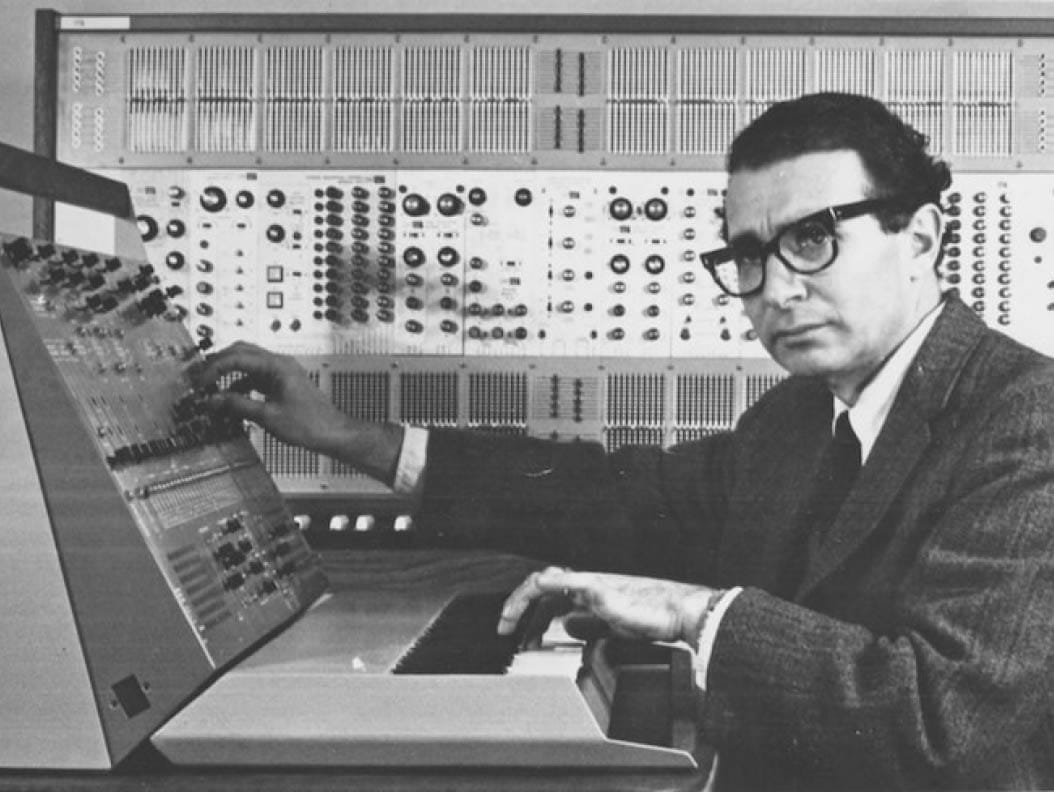
“Close Encounters of the Third Kind” made the 2500 a cultural icon as the synth used to communicate with space aliens. ARP’s Phil Dodds even appeared in the scene, playing the iconic five-note motif. Pearlman soon saw the larger potential of a portable and relatively affordable synth for working musicians and educators, leading to the 2600, first released in 1972.
Friend and Roger Powell (keyboardist of Todd Rundgren’s Utopia) hit the road to convince retailers to stock the 2600, and initial responses were mixed. The 2600 got a big boost when Edgar Winter slung it keytar-style on the rock jam “Frankenstein.” Pete Townshend played the stereo wah riffs of “Who Are You” by processing his guitar through a 2600, and sound designer Ben Burtt used one to create the vocabulary of R2-D2.
What set the 2600 apart was, first, it was semi-modular: Pre-wired connections meant that beginners could play notes without touching a single patch cable. Second, its visual layout corresponded to the signal path. Both benefits appealed to teachers.
Further ARP hits included the Odyssey, Axxe, and Omni. By the mid-’70s ARP commanded a 40% share of the synth market. To this day, the 2600 remains their marquee instrument, and ARP 2600 V puts all its power and more in your hands.
A Masterpiece
of Interface Design
It may look complex, but everything about the 2600 was intended to teach synthesis concepts and get you creating sounds in record time.
ARP 2600 V builds on this tradition first by duplicating the semi-modular flow of the original — patch cables optional. But click any patch point and all eligible points for the other end of the cable light up. That’s just the beginning.
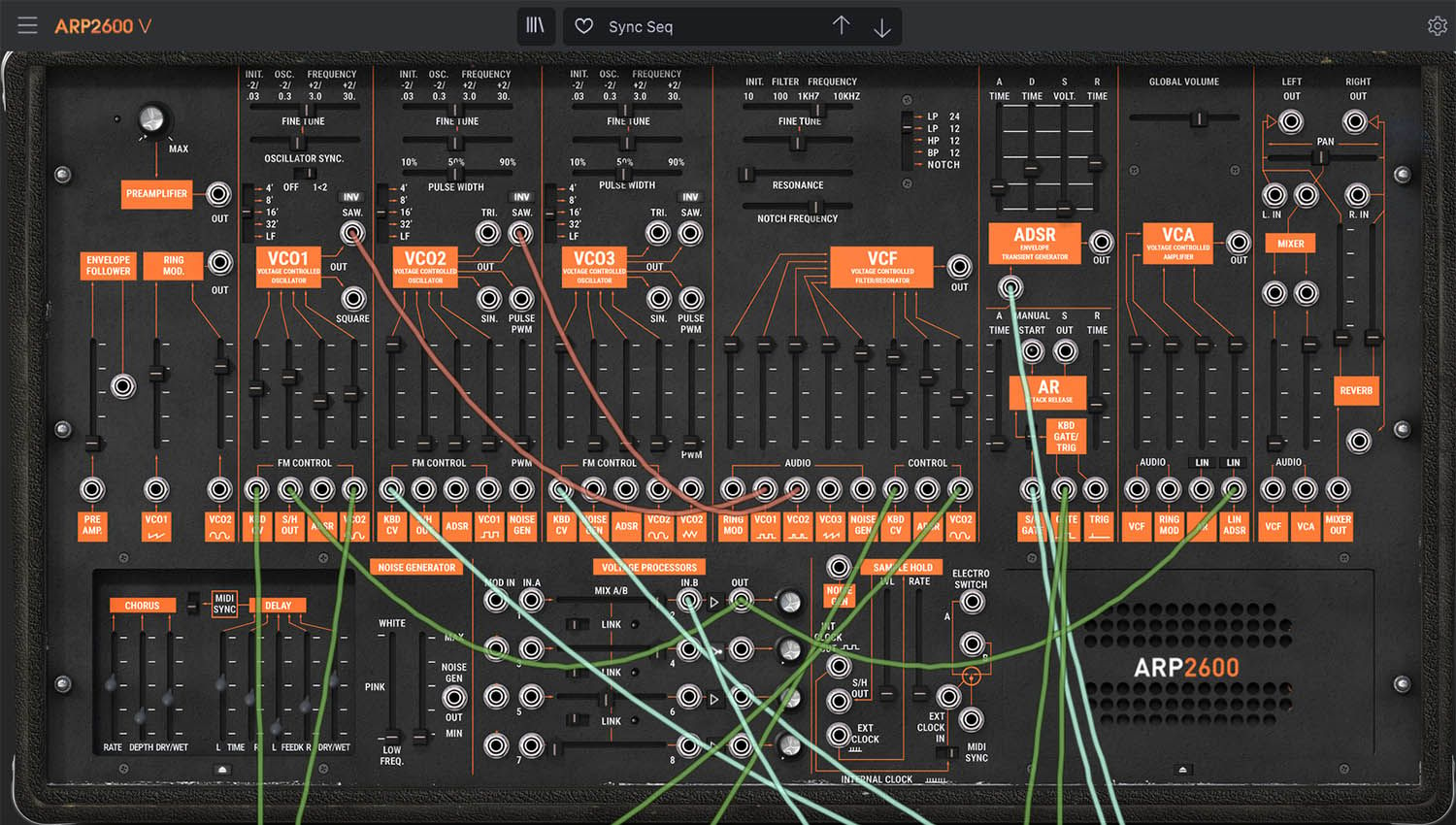
_1
_2
_3
_4
_5
_6
01. Awesome Oscillators
Get seriously fat with alias-free TAE® models of the 2600’s three VCOs. Like everywhere on 2600 V, we’ve reproduced all parameters and patch points of the original.
02. Filter Fest
We expanded the original’s single filter option with 24dB and 12dB lowpass, 12dB bandpass and highpass, and notch modes.
03. High Voltage
Four voltage processors let you combine audio or modulation signals, add lag, invert the signal, and more for fascinating sound design possibilities.
04. Reverb Redux
Our faithful model includes the original’s spring reverb unit, complete with separate sliders for the left and right stereo channels.
05. Sample & Hold
Burble, bubble, and create wonderfully random modulations with the Sample & Hold generator, again modeled straight from the original.
06. Envelope Follower
Process tracks from your DAW or live audio interface inputs through 2600 V, transforming drum loops or instrument solos into something otherworldly.
The 2600
Goes to 11
Our exclusive improvements fit ARP 2600 V smoothly into your workflow and make it an ARP for all time.
We thought very carefully about what to add to a synthesizer that got so much right on the first try. Our decisions reflect a “superstock” approach; make it better with features that owners of the original would have scrambled for.
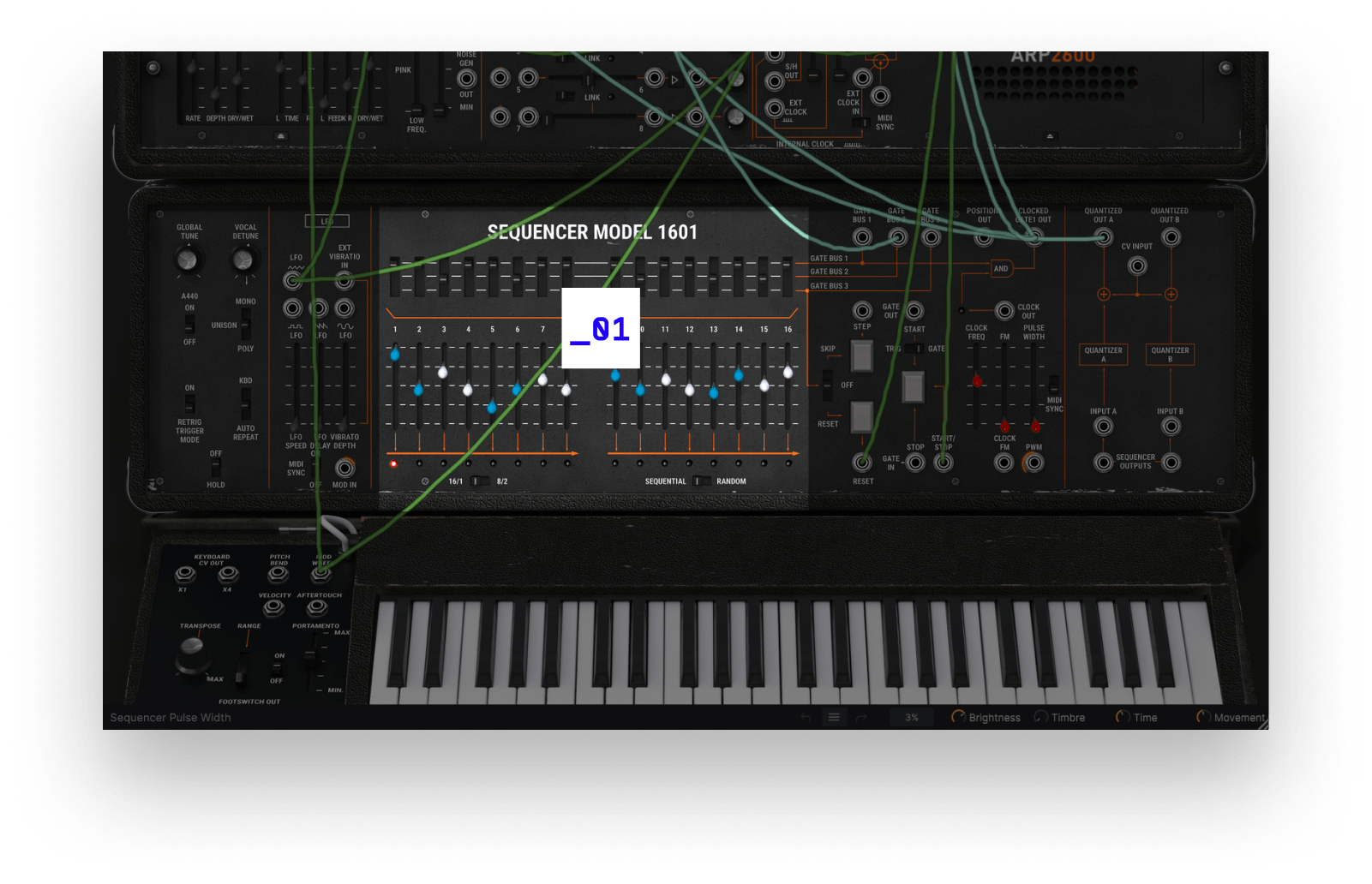
With a control-for-control reproduction of ARP’s classic 1601 sequencer included, you’ll be creating patterns for days.
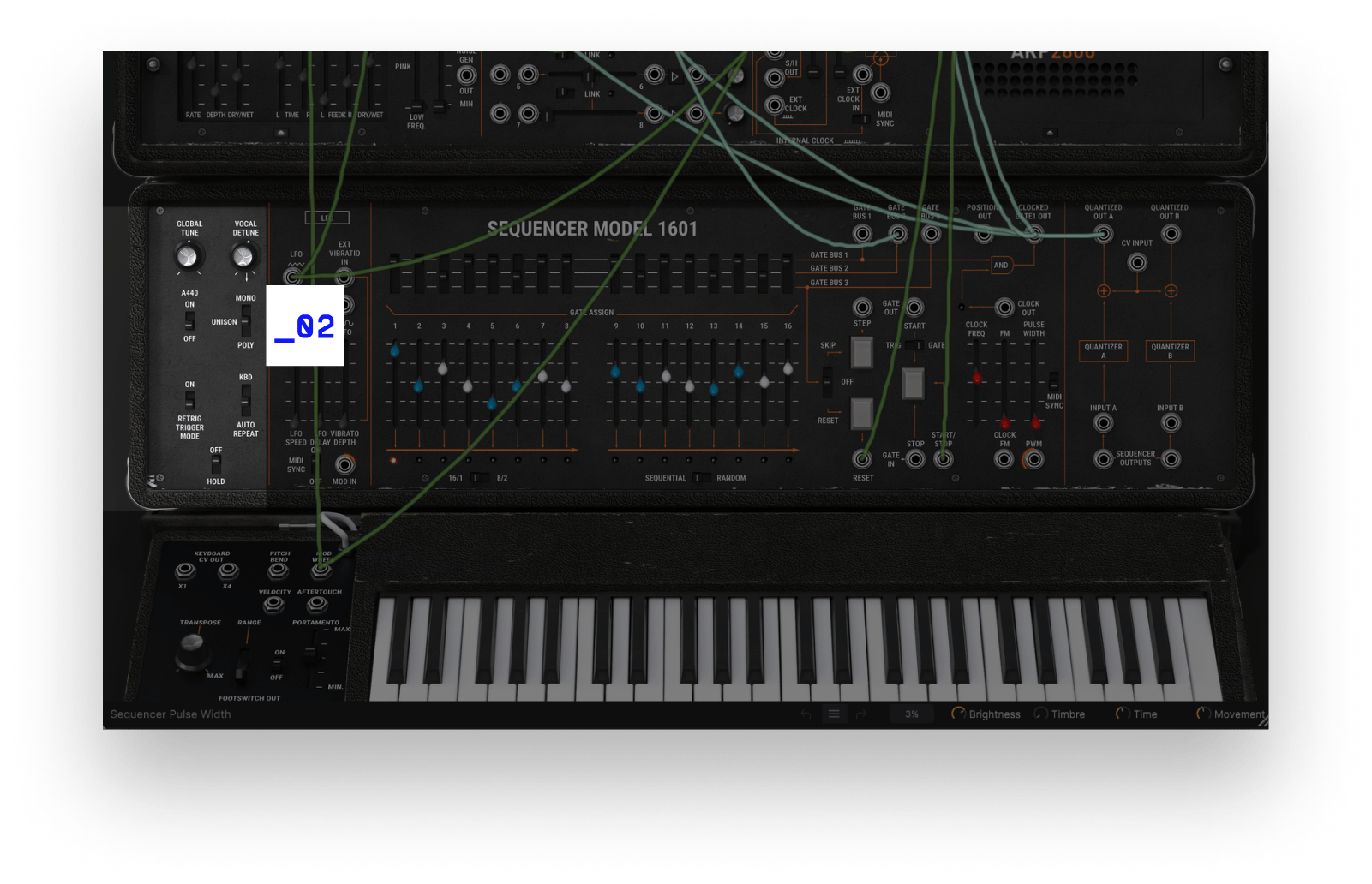
The original 2600 was monophonic. ARP 2600 V supports polyphony up to 32 voices, with Unison mode for unbelievably huge sounds.
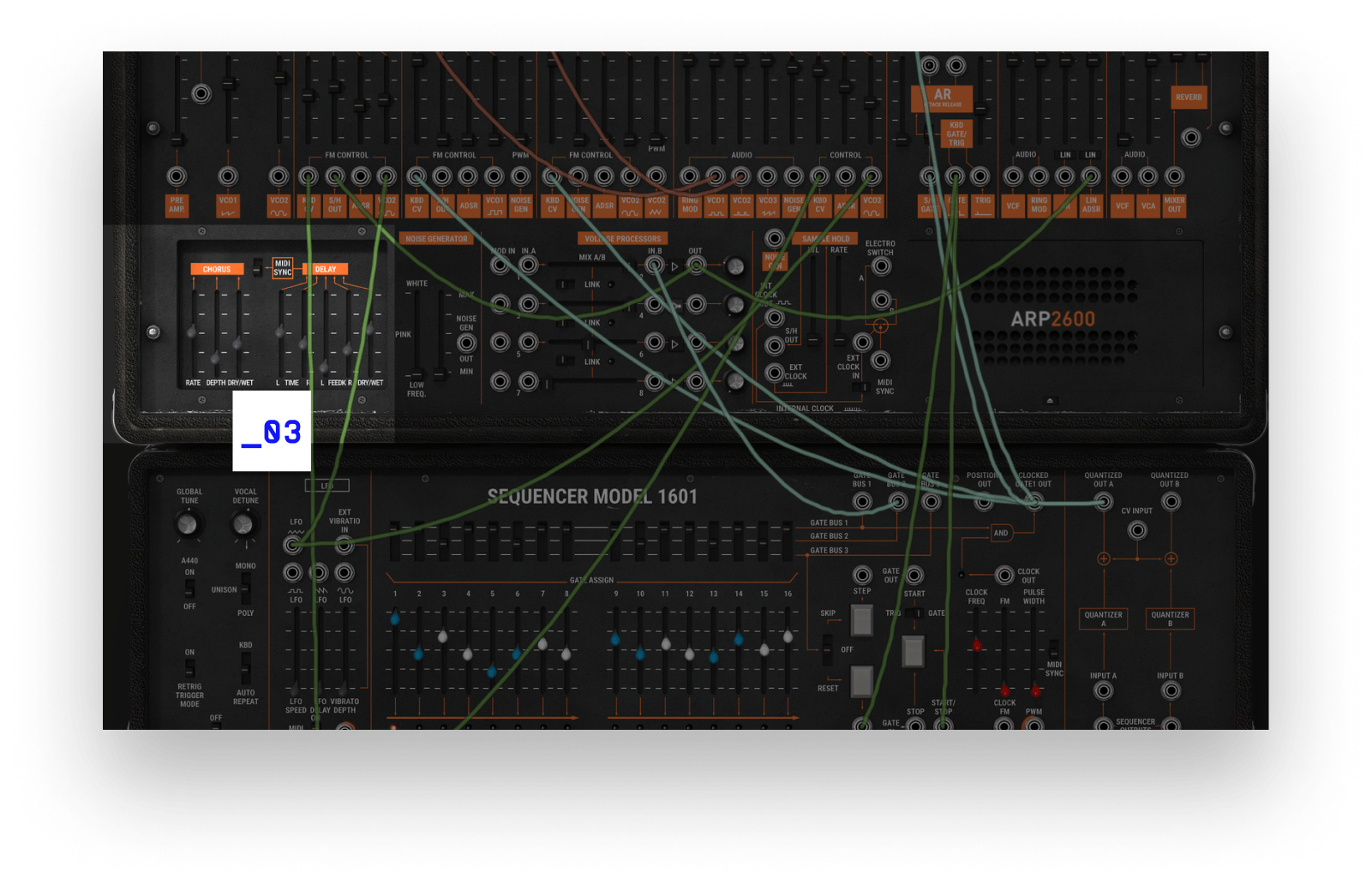
Add rich chorus and tempo-synced delay with the effects hidden just under the left “speaker.”
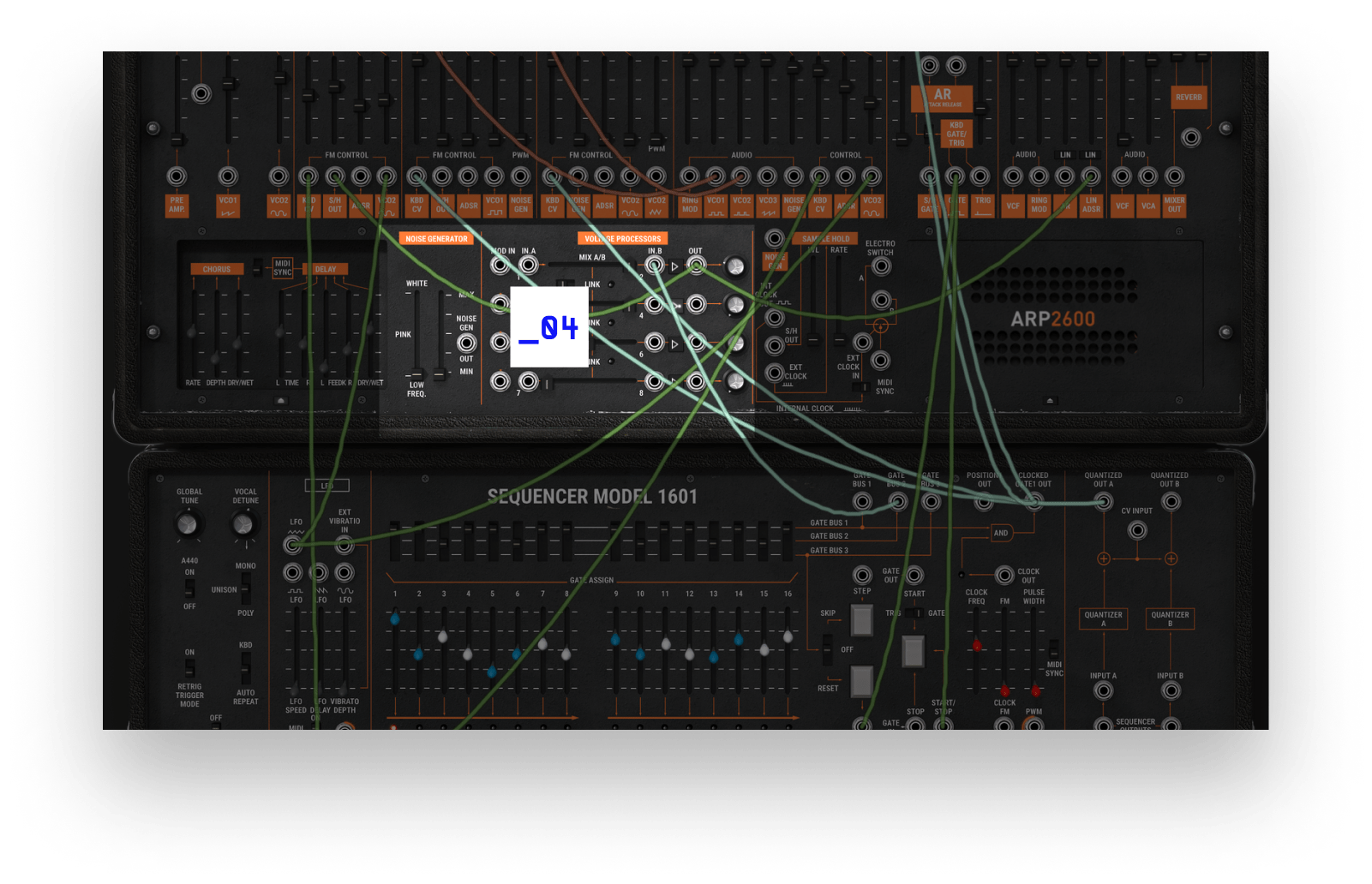
Create up to four custom curves and then patch any signal through them, adding to the 2600’s myriad modulation options.
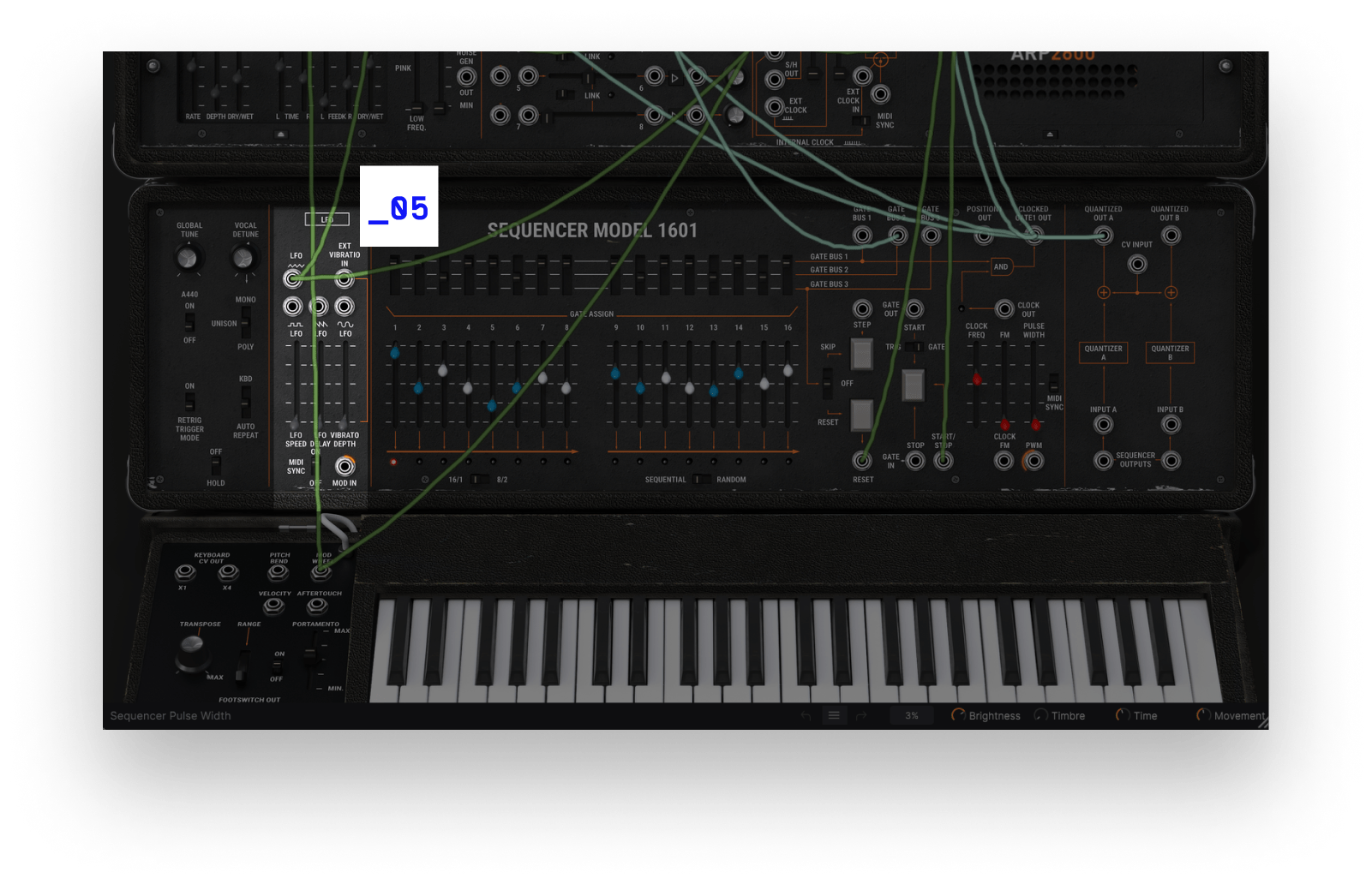
Why tie up one of the main oscillators when all you need is an LFO? The one in ARP 2600 V is fully patchable and even syncs to master tempo.
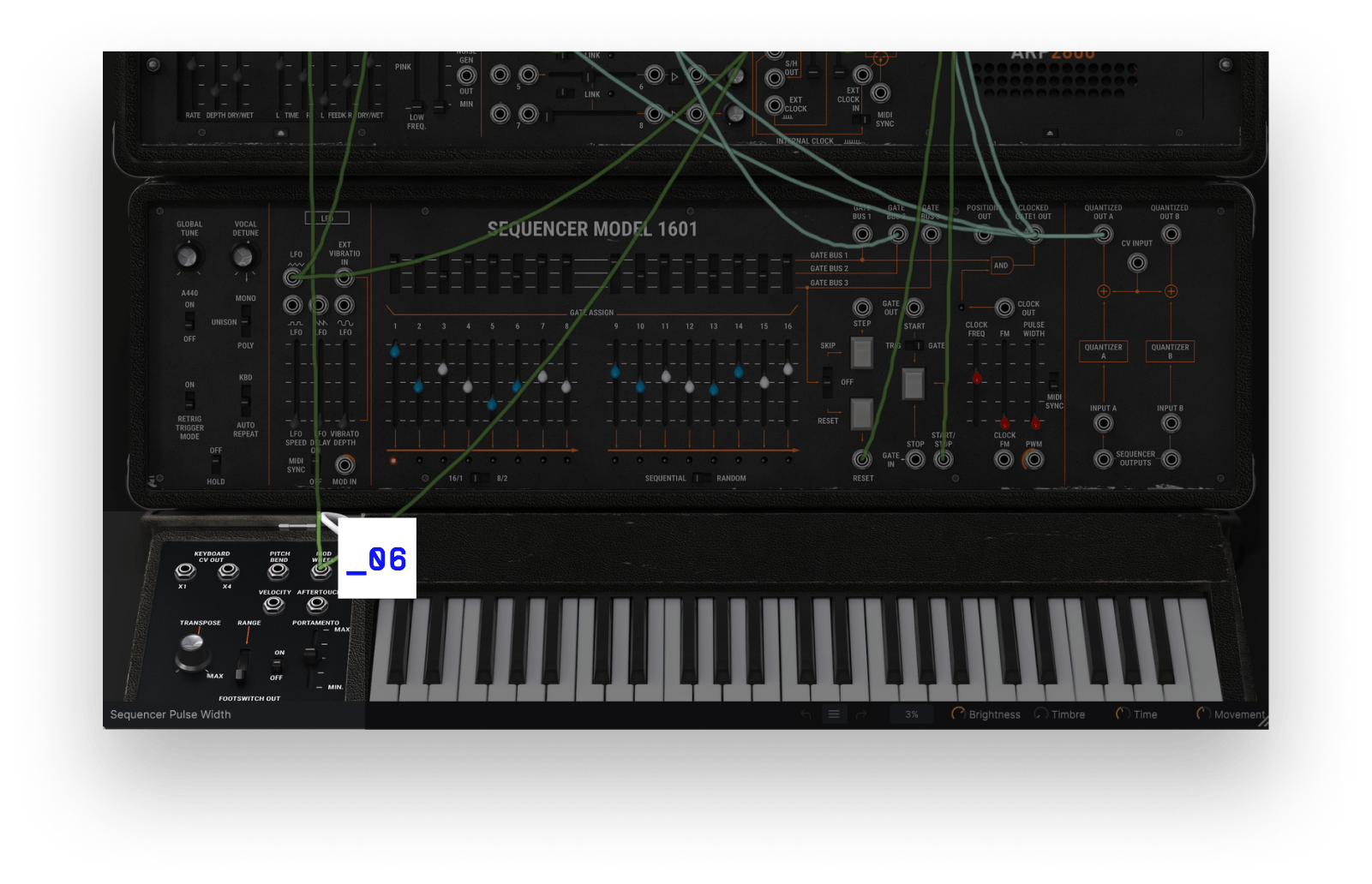
Patch velocity and aftertouch to any destinations for the most expressive ARP 2600 you’ll ever play.
Hear it
in action
From the funk of Herbie Hancock’s “Chameleon” to the fusion of “Birdland” by Weather Report to outrageous FX,
there wasn’t much the 2600 couldn’t do. These demo songs from our users and sound designers show just how far you can take ARP 2600 V.
6-8 Sequence
Arturia
A big three oscillators lead sound with auto pan but without additional effects + hi hat rhythm with the ARP2600 V spring reverb.
Bass Notch
Arturia
A square wave double oscillator bass sound showing all the power of the notch filter. (Listen to the notch frequency parameter sweep)
NOR MATT
Mateo Lupo
Matt LUPO, one of our sound designers, has made a short song with 9 instances of the ARP2600 V...
Funky Goes
Arturia
A little groove sample track using 8 ARP2600 V. All the drums sounds have been programmed with the ARP2600 V.
Sound Effects
Arturia
A cheap 70'science fiction sound effects using five ARP2600V sequenced on Sonar 4 The famous Edgard Winter "Frankeinstein" sound has been used in the end of this track.
Sound Objekt
Victor Morello
Artistscorner
PressClippings
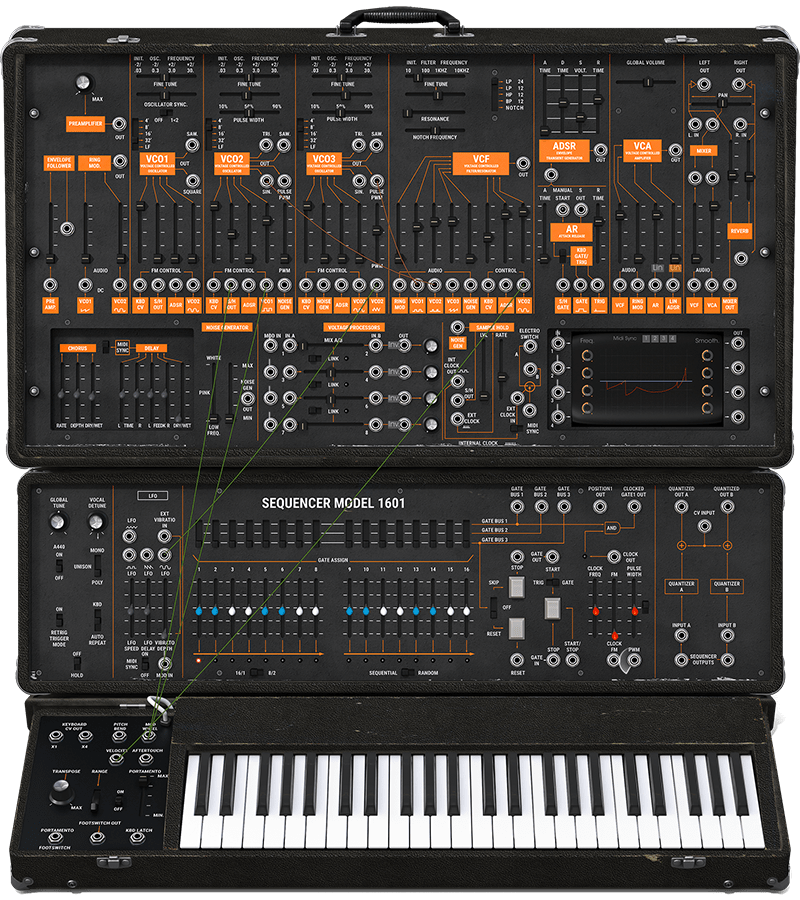
Included in
V collection
Legendary Keyboards Reinvented
This instrument is also part of the V Collection -your complete dream line-up of the legendary synths, organs, pianos and more that made keyboard history. They’re modeled with the most advanced technologies for authentic realism, and enhanced with new creative options. Whether you use it as DAW plugins in the studio or standalone at gigs, V Collection puts the greatest keys of all time at your fingertips for instant inspiration.
Learn More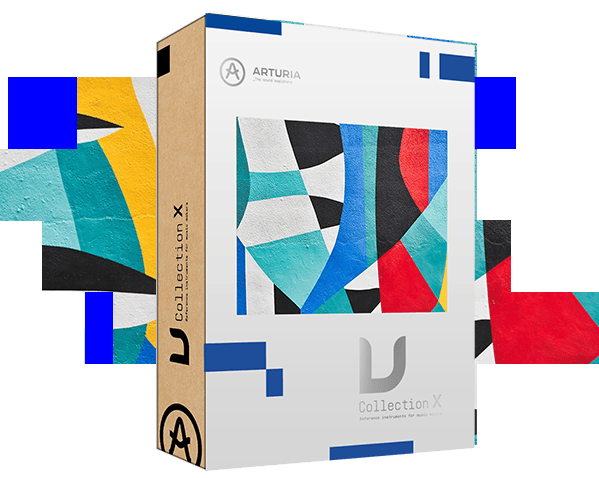
主な特長
必要です

各パラメーターからサウンドデザイナーによるヒントまで、インストゥルメントのあらゆる側面について統合されたアプリ内チュートリアルがガイドしてくれますので、クリエイティブな作業に集中できます。こんなに簡単なことはありません!

Arturia Software Centerでは、すべてのArturiaソフトウェアタイトルのダウンロード、整理、アップデートをワンストップで行えます。ものごとはシンプルに。

Arturiaのバーチャルインストゥルメントとプラグインは、あなたのセットアップに簡単にフィットするように設計されています。制作スタイルを問わず、WindowsとMacOSの両方で、主要なDAWとの完全な互換性を楽しみながらサウンドを探求できます。

インテリジェントで効率的なプリセットブラウジングで、頭の中にあるサウンドを即座に見つけることができます。キーワードで検索したり、楽器の種類や音楽スタイルで探したり、お気に入りを登録して後ですぐに呼び出すこともできます。

Arturiaのクラシックなインストゥルメント・エミュレーションの視覚的な没入感を存分に味わいたい方にも、貴重なスクリーン面積を節約したい方にも、Arturiaのすべてのバーチャルインストゥルメントのインターフェイスは、用途に合ったサイズに変更できます。

Arturiaのインストゥルメントは、KeyLabシリーズにシームレスにマッピングされていますが、他のMIDIコントローラーとの相性も抜群です。即座にサウンドをエディットできるマクロ、簡単なDAW統合、スタンドアローン動作も簡単です。
TAE® Powered
The exclusive analog modeling technology that makes our emulations indistinguishable from the originals.
By accurately mimicking the characteristics of analog oscillators, filters, and soft clipping, we can provide astonishing component-accurate detail and authentic analog charm in equal measure.
Learn more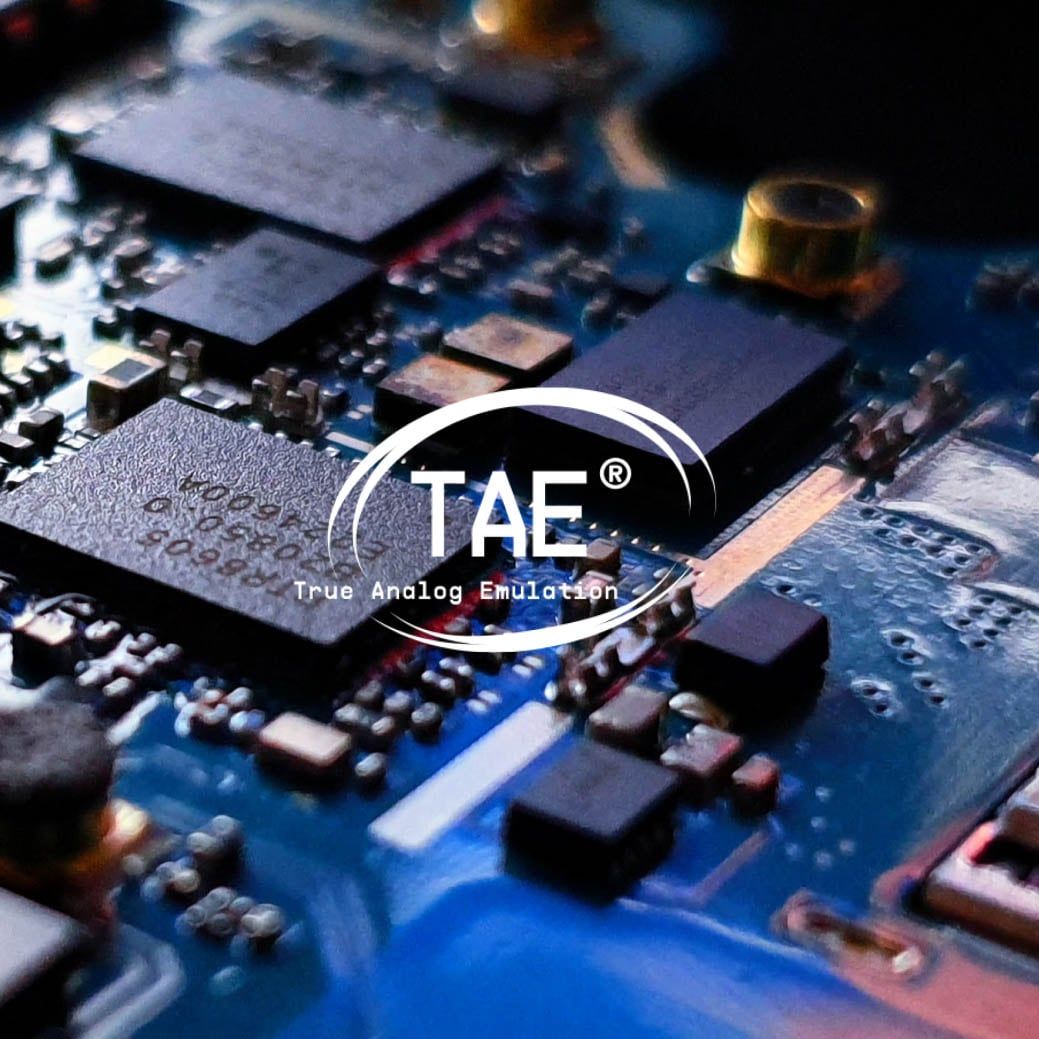
Gallery
Main Features
All the parameters of the original ARP 2600:
- 3 voltage-controlled oscillators
- Osc2->Osc1 synchronization
- 24 dB/octave low pass resonant filter with self-oscillation
- 1 LFO (can be synchronized to the host sequencer’s tempo)
- 1 sample and hold, 1 ring modulator, 1 noise generator
- 1 ADSR & 1 AR envelope follower
ARP2500 multimode 12 dB/octave filter with LP, HP, BP and Notch settings
Original ARP Sequencer model 1601
4 exclusive tracking generators with real-time interactive LFO creation ability
Voltage processors can be used as inverters, mixers or lag processors
Onboard effects: chorus, MIDI-syncable stereo delay, reverb
Polyphony from 2 to 32 voices with Unison options
More than 500 presets from top sound designers
Absolutely pure, top quality sound from TAE® analog modeling
Platform specifications
Windows
- Win 10+ (64bit)
- 4 GB RAM
- 4コア、3.4GHz (ターボブースト時4.0GHz) 以上のCPU
- 3GB以上のディスク空き容量
- OpenGL 2.0互換のGPU
- ARMプロセッサーはWindowsではサポートされていません
対応プラグイン形式
- スタンドアローンまたはVST、AAX、Audio Unit、NKS (64ビットDAWのみ) の各プラグイン形式で動作





Apple
- Mac OS 11+
- 4 GB RAM
- 4コア、3.4GHz (ターボブースト時4.0GHz) 以上のCPU、またはM1 CPU
- 3GB以上のディスク空き容量
- OpenGL 2.0互換のGPU
ASCとの動作
- Arturiaソフトウェア・インストゥルメントのインストール、アクティベーション、アップデートを支援するエレガントでシンプルなソリューションです。
このページに記載のメーカー名および製品名は各社に帰属する商標であり、Arturiaとは一切関係ありません。他のメーカーの商標は、開発中にその特徴やサウンドを研究したメーカーの製品を識別するためだけに使用しています。すべての機器名、発明者名、製造者名は、説明および教育目的のためにのみ記載しており、いかなる機器の発明者や製造者との提携や助言を示唆するものではありません。















